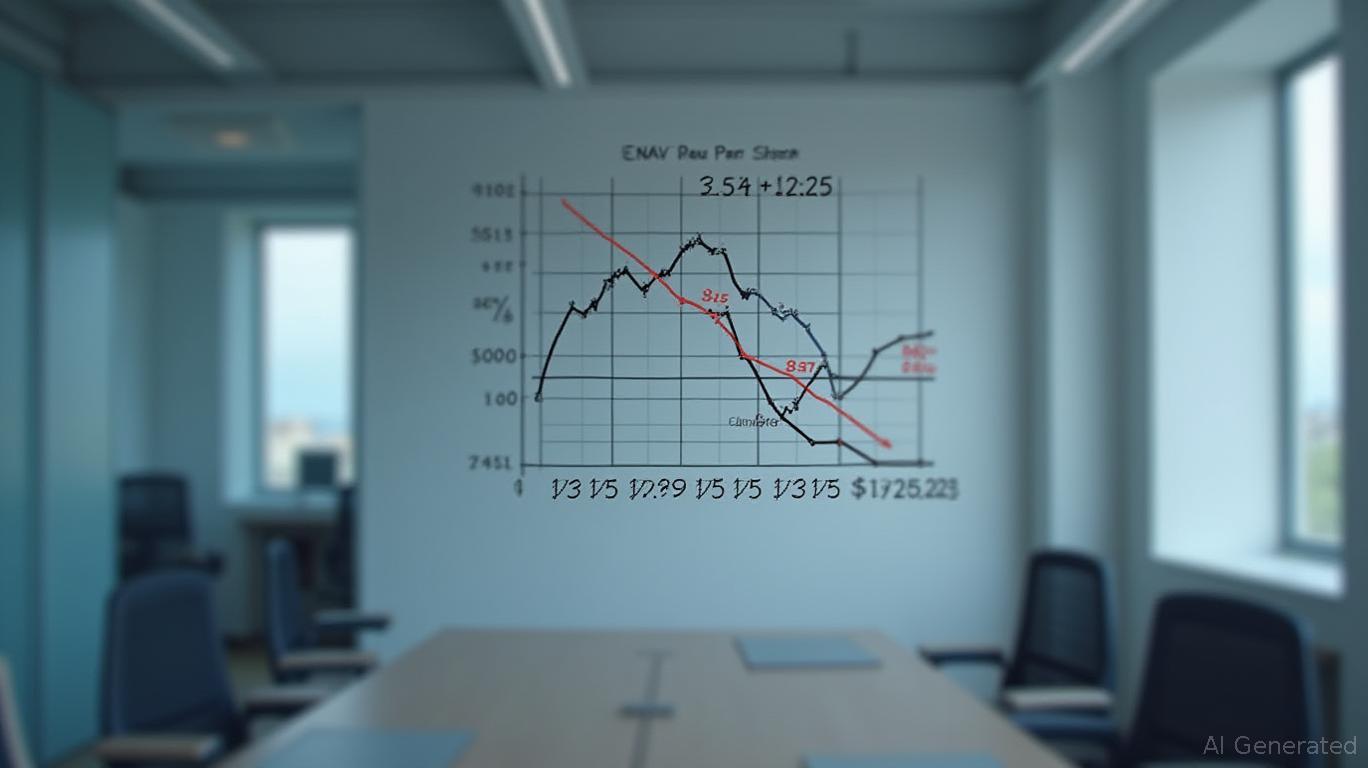Dividend Discipline in Volatile Markets: Lessons from Lanny's March 2025 Summary
In the ever-shifting landscape of global markets, Lanny’s March 2025 dividend summary offers a masterclass in disciplined investing. With a total dividend income of $4,965.18, just shy of the $5,000 milestone, Lanny and his wife demonstrate how strategic allocations, reinvestment, and patience can navigate turbulence—from tariff-induced volatility to structural shifts in employer-sponsored retirement plans.
The Numbers: Growth Amid Setbacks
Lanny’s portfolio reveals a nuanced balance between triumph and adaptation. While total dividends dipped $923.38 year-over-year, this decline stemmed not from poor decisions but from external constraints: his former 401(k) holdings in the Vanguard S&P 500 ETF (VINIX)—which once generated over $1,700 in dividends—were replaced with a non-dividend-paying alternative. Yet, this loss was offset by gains in the Vanguard High Dividend Yield ETF (VYM), where Lanny’s stake grew by $366, and his wife’s by $300, underscoring the power of diversification.
Key Drivers of Income: Dividend Aristocrats and Strategic Hikes
The backbone of Lanny’s portfolio lies in dividend aristocrats like McDonald’s (MCD), which contributed over $100 in March, and Pfizer, which delivered its first $100 quarterly dividend, signaling confidence in its pipeline. Meanwhile, PACCAR (PCAR) and United Parcel Service (UPS)—though the latter was labeled a “dog house” holding due to underperformance—added stability.
The true engine of growth, however, was dividend hikes. Seven companies raised payouts in March, collectively boosting forward income by $55.68. A standout was Oracle (ORCL), which increased its dividend by 25%, adding $16 to Lanny’s coffers. Retail stocks like TJ Maxx (TJX) and The Gap (GAP) also defied tariff headwinds with double-digit hikes, a rare feat in a strained sector.
The Role of Automation: DRIP and Compounding
Lanny’s use of dividend reinvestment plans (DRIPs) exemplifies the power of compounding. In March alone, $3,966 of his taxable dividends were reinvested—85.8% of the total—primarily in Canadian holdings like Brookfield Renewable Energy (BEP) and Enbridge (ENB). These reinvestments, often in fractional shares, added $201.47 to his annual forward income. Automation, Lanny argues, removes the emotional pitfalls of market timing, a lesson he learned during the 2020 downturn when he acquired Bank of Montreal (BMO) at a $77.63 discount.
Navigating Volatility: Tax Efficiency and Currency Hurdles
Lanny’s strategy is not without challenges. Canadian holdings, while tax-advantaged, complicate projections due to USD-to-CAD conversions. For instance, Brookfield Asset Management (BAM.TO) and Enbridge (ENB.TO) pay in USD, creating volatility in reported income. To mitigate this, Lanny is exploring USD-denominated accounts for accuracy.
Tax optimization remains a pillar of his approach. By maxing out tax-advantaged accounts—401(k), HSA, Roth/Traditional IRAs—he minimizes drag while leveraging Canadian and U.S. equities. This discipline has fueled a 13.5% quarterly growth rate in dividend income since 2022, outpacing the S&P 500’s recent declines.
The Road Ahead: $65,000 and Beyond
Lanny’s March results position him to exceed his $60,000 annual dividend target, with a $65,000 goal within reach. Year-to-date, his portfolio has generated $16,276.21 in dividends, averaging $5,425.57/month—a pace that would surpass $65,000 by year-end. Key to this is new capital deployment: $11,000 invested in iShares ex-Canada ETF (XAW) and Canadian utilities like Capital Power Corp (CPX.TO) added $506.57 to annual income.
Conclusion: The Timeless Virtue of Discipline
Lanny’s March summary reaffirms that dividend investing, when paired with reinvestment and long-term focus, is a robust path to financial freedom. Despite headwinds—tariffs, currency fluctuations, and market volatility—his portfolio has grown from $2.70/month in dividends in 2009 to over $10,000/month, with a record set in December -1. The data is unequivocal:
- Compounding via DRIPs added $201.47 in annual income from March’s reinvestments alone.
- Dividend hikes contributed $55.68 in new passive income, equivalent to a $1,590 investment at a 3.5% yield.
- Tax efficiency and sector diversification (healthcare, utilities, consumer goods) insulated his portfolio from sector-specific downturns.
As Lanny’s journey illustrates, markets may fluctuate, but disciplined investors who prioritize dividend growth, reinvestment, and tax-smart strategies can turn volatility into opportunity. The $5,000 monthly milestone is within sight—and so is financial independence.
Data as of March 2025. Past performance does not guarantee future results.










